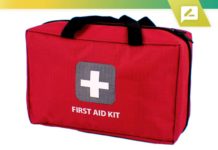Regular physical activity is commendable, but understanding the importance of a thorough warm-up before exercise and a cool-down afterward is crucial for maximizing performance and preventing injuries. The rituals of warming up and cooling down are not mere formalities or trivial routines—they are fundamental components of an effective workout embedded within the broader context of sports science and physical well-being.
The Science Behind Warming Up
A warm-up session prepares the body and mind for the forthcoming physical exertion. This preparation is multifaceted, engaging both the physical and neurological systems. A warm-up ensures the cardiovascular system is fully primed for exercise demands by gradually increasing the heart rate and muscle flow. This process also elevates the body temperature, translating to more flexible and responsive muscles, thereby minimizing the risk of strains and sprains.
Research highlights that warming up can significantly enhance athletic performance. Increased blood flow supplies muscles with more oxygen, crucial for aerobic activities and sustaining high-performance levels. Furthermore, a good warm-up activates muscle memory and prepares the nervous system to coordinate muscle contractions effectively. This is particularly true for sport-specific warm-ups, which mimic the sport's movements, thus honing the athlete's precision and efficiency.
Types of Warm-Up Exercises
Warm-ups can be broadly categorized into active and passive types. Active warm-ups are the most commonly practiced and involve dynamic movements such as light jogging, jumping jacks, or sport-specific drills. For instance, a basketball player might perform layup drills, while a swimmer might engage in shoulder rolls and arm circles. These exercises are not overly strenuous and are designed to gradually elevate the heart rate and muscle temperature without exhausting energy reserves.
On the other hand, passive warm-ups involve external methods to raise the body temperature, such as soaking in a hot tub or using a heating pad. While these methods do not directly engage the cardiovascular system, they can be useful in retaining body heat between the active warm-up and the main workout session.
Static stretching, once a staple of pre-exercise routines, is now recommended more for post-workout sessions. If performed before intense physical activity, static stretches can temporarily weaken muscles. Nonetheless, shorter static stretches may release tight joints and enhance overall flexibility.
Why Skip the Warm-Up At Your Peril
Neglecting a warm-up can have dire consequences. Without a proper warm-up, muscles are less flexible and more prone to injury. In a study examining the effects of skipping the warm-up before treadmill exercise, 70% of subjects exhibited abnormal ECG readings due to inadequate oxygen supply to the heart. These findings underscore the necessity of preparing the cardiovascular system for high-intensity exertion.
Moreover, muscles not sufficiently warmed up are more likely to experience strains and tears. The abrupt transition from a resting state to intense activity can place undue stress on the heart and lungs, increasing the risk of cardiac events. Hence, a few minutes spent warming up can yield substantial benefits in injury prevention and performance enhancement.
The Purpose and Benefits of Cooling Down
Just as warming up primes the body for activity, cooling down facilitates a smooth transition back to a resting state. Abruptly halting intense exercise can result in blood pooling in the lower extremities, as the muscular contractions that assist in returning blood to the heart cease. This can lead to dizziness, lightheadedness, or even fainting. A proper cool-down helps to mitigate these risks by keeping the blood circulating and gradually lowering the heart rate.
In addition to preventing blood pooling, cooling down helps to flush out metabolic waste products such as lactic acid, which accumulates during vigorous exercise. This process reduces muscle stiffness and soreness, aiding in faster recovery and reducing the likelihood of injuries in subsequent workouts. Cooling down also promotes flexibility and muscular relaxation, setting the stage for muscle repair and growth.
Effective Cool-Down Techniques
A cool-down routine typically consists of gentler cardiovascular exercises followed by stretching movements. Light aerobic activities such as walking or slow jogging help to gradually reduce the heart rate and maintain blood circulation. This is crucial for delivering oxygen and nutrients to tired muscles, facilitating their repair.
Stretching exercises during the cool-down phase are essential for lengthening muscles and improving flexibility. Dynamic stretches involving gentle, controlled movements can be particularly effective. Examples include walking lunges, hamstring stretches, and arm circles. These stretches help maintain joint mobility and muscular elasticity, vital for overall athletic performance.
One highly recommended practice for cooling down is foam rolling. Foam rolling targets muscle tightness and trigger points, promoting myofascial release and enhancing tissue blood flow. Incorporating foam rolling into the cool-down routine can significantly reduce muscle soreness and accelerate recovery.
The Interplay Between Warm-Up and Cool-Down
The synergy between warming up and cooling down cannot be overstated. Together, they form a comprehensive approach to exercise that optimizes performance, minimizes injury risk, and enhances recovery. By integrating both practices into their routines, athletes can ensure that their bodies are adequately prepared for the demands of training and competition. This holistic approach also helps maintain long-term physical health and resilience.
Warming up and cooling down are not mere add-ons to the main workout; they are integral components that ensure the efficacy and safety of physical training. By spending just 5-10 minutes on each, athletes can reap significant benefits and sustain high performance levels over the long haul.
Practical Tips for Incorporating Warm-Up and Cool-Down Routines
For individuals looking to integrate these practices into their workout regimen seamlessly, here are some practical tips:
- Consistency is Key: Like any other part of training, the benefits of warming up and cooling down are best realized through consistency. Make it a non-negotiable part of your exercise routine.
- Tailor to Your Specific Needs: Customize your warm-up and cool-down exercises based on your sport or activity. For instance, a runner might focus on leg stretches and dynamic leg swings, while a weightlifter might incorporate shoulder and arm circles.
- Listen to Your Body: How your body responds to different warm-up and cool-down techniques. Modify your routine based on what feels most effective and beneficial.
- Integrate Mindfulness: Use the warm-up and cool-down periods to mentally prepare for and reflect on your workout. This can enhance focus, motivation, and overall exercise experience.
- Stay Educated: Continuously explore new techniques and best practices for warming up and cooling down. Consulting resources such as Trainest and BridgeAthletic can provide valuable insights and updates.
Conclusion
Warming up and cooling down should be integral parts of any exercise routine. Their role in enhancing performance, preventing injuries, and promoting recovery is well-supported by scientific evidence and athletic best practices. By dedicating a few minutes to these vital processes, athletes and fitness enthusiasts can achieve better results and enjoy a more sustainable approach to physical activity.
Ignoring the importance of these routines can lead to avoidable injuries, reduced performance, and prolonged recovery times. Therefore, whether you're a professional athlete or someone who exercises for health and fitness, incorporating thorough warm-up and cool-down sessions into your routine is indispensable. These practices safeguard your physical health and enhance your overall exercise experience, enabling you to achieve your fitness goals more efficiently and effectively.
For those new to these concepts or seeking to refine their approach, consulting with sports physiotherapists or fitness professionals can provide personalized guidance and ensure that your warm-up and cool-down routines are optimized for your individual needs. Resources such as Tri-City Medical Center also offer valuable information on the subject, emphasizing the crucial role of these practices in maintaining a healthy and productive exercise regimen.
Embrace the full spectrum of your workout—prepare your body with a proper warm-up, harness your peak performance during the main activity, and then engage in a mindful cool-down to support recovery and readiness for the next session. This holistic approach will enhance your athletic output and contribute to a healthier, more resilient body capable of sustaining physical endeavors for years to come.
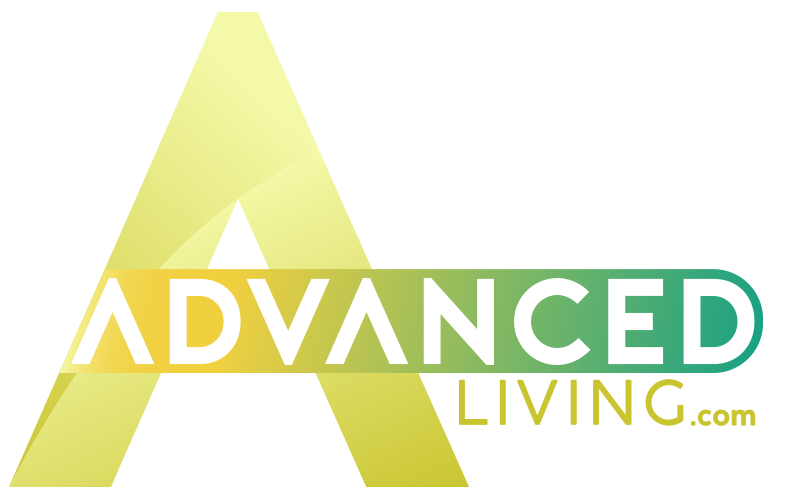


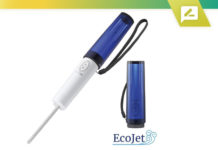






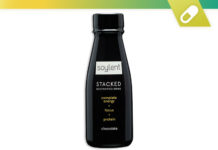
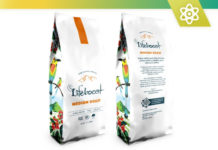

![Bowflex Max Total: 2024 Fitness Workout Exercise Machine [Review] Bowflex Max Total: 2020 Equipment Review For Complete Upper and Lower Body Workout](https://www.advancedliving.com/wp-content/uploads/2019/12/Bowflex-Max-Total-218x150.jpg)
